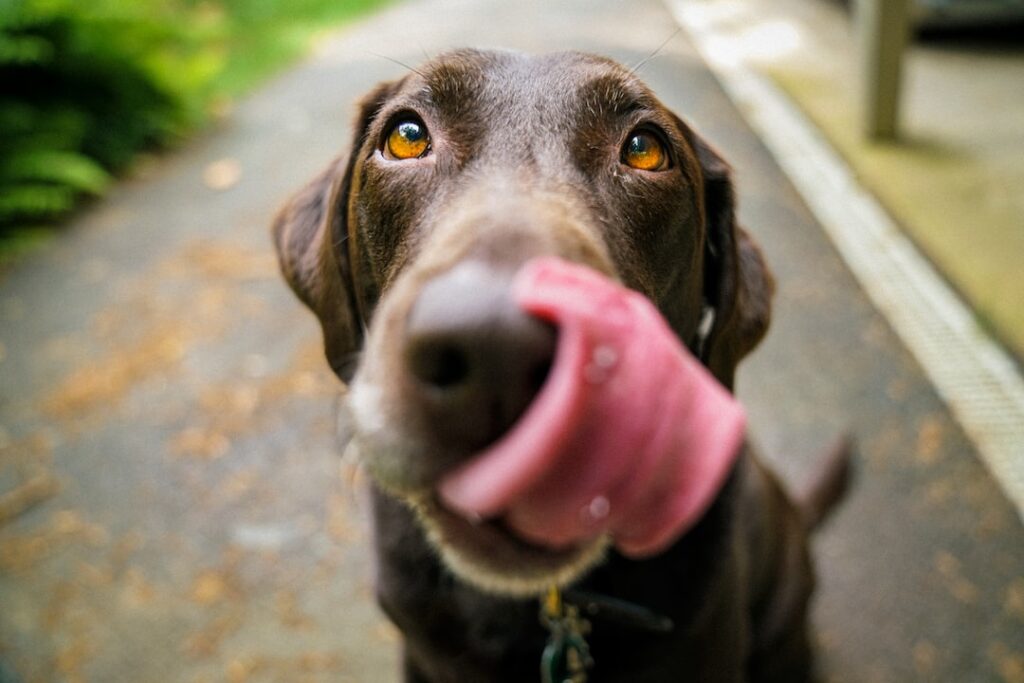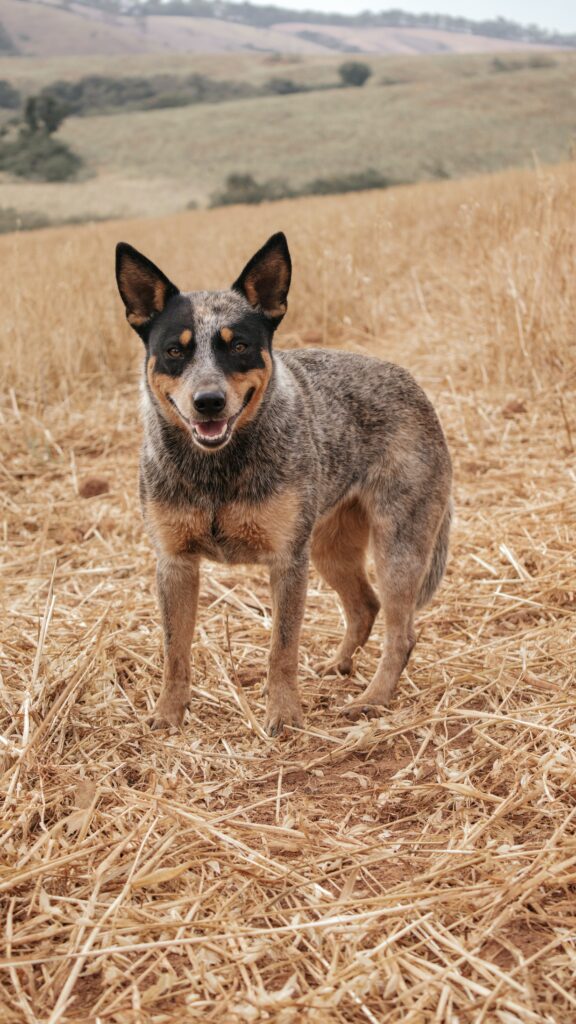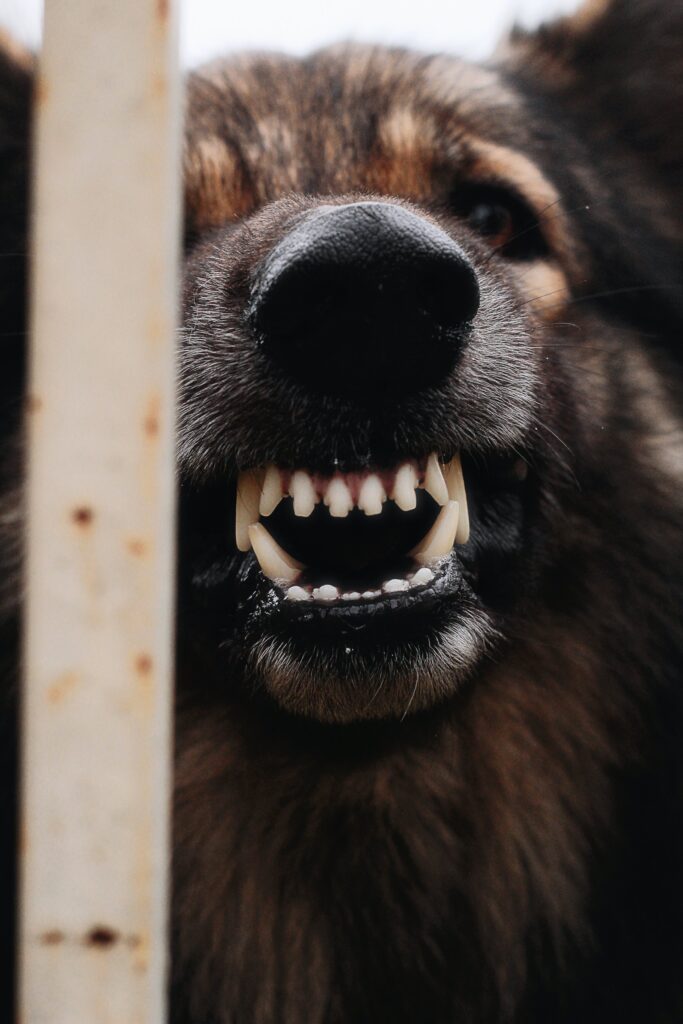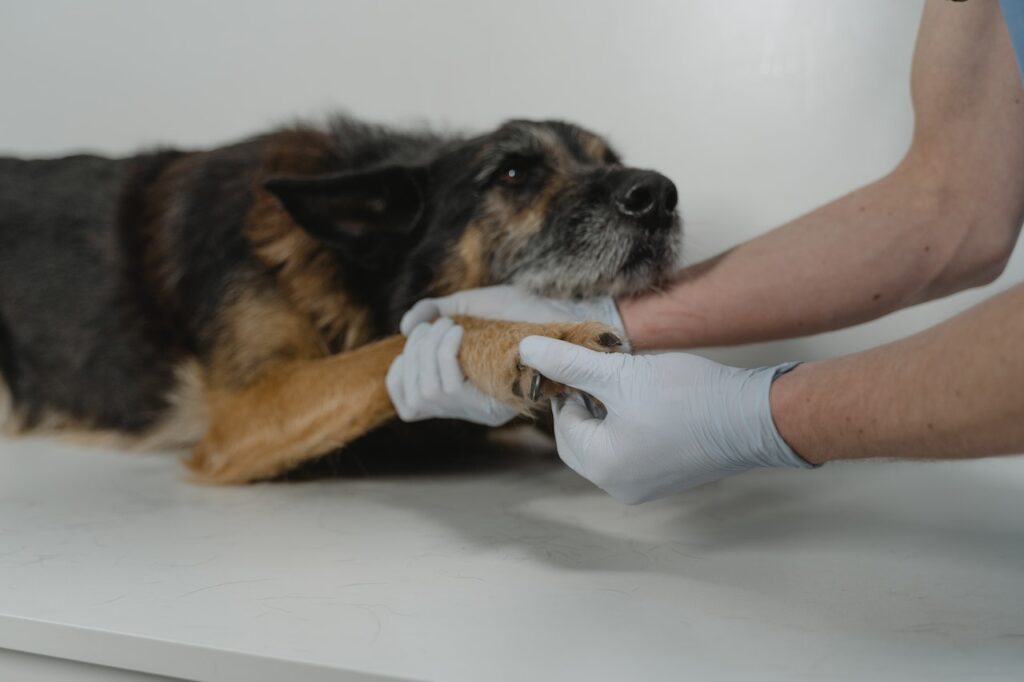Methods To Prevent Excessive Begging in Dogs
Begging behavior in pets can stem from a variety of reasons, including a lack of training, boredom, anxiety, or simply because they have learned that begging results in receiving food. Understanding the root cause of your pet’s begging behavior is crucial in addressing and correcting it. For example, if your pet is begging out of anxiety or insecurity, it’s important to address the underlying emotional issues through positive reinforcement and creating a safe and secure environment for them. On the other hand, if your pet is begging due to a lack of training or consistency, implementing proper training techniques and establishing clear boundaries can help curb this behavior. Additionally, some pets may beg simply out of boredom or a desire for attention. In these cases, providing mental and physical stimulation through interactive toys and activities can help redirect their focus and discourage begging. By understanding the root cause of your pet’s begging behavior, you can tailor your approach to effectively address and correct it, leading to a happier and more well-behaved pet. Training and Consistency Training and consistency are key components in addressing and correcting begging behavior in pets. Establishing clear boundaries and expectations for your pet’s behavior is essential in preventing and discouraging begging. Consistency in enforcing these boundaries is equally important, as mixed signals can confuse your pet and undermine your training efforts. When training your pet to refrain from begging, it’s important to use positive reinforcement techniques, such as rewarding them for good behavior and ignoring or redirecting them when they beg. Consistency also extends to all members of the household, as everyone should be on the same page when it comes to addressing begging behavior. Inconsistency in enforcing rules can lead to confusion for your pet and make it more difficult to correct their behavior. By implementing consistent training techniques and maintaining clear boundaries, you can effectively address and correct begging behavior in your pet, leading to a more harmonious household. Providing Regular Meals and Scheduled Feeding Times One effective way to discourage begging behavior in pets is by providing regular meals and establishing scheduled feeding times. By feeding your pet at consistent times each day, you can help regulate their hunger and reduce the likelihood of them begging for food outside of these designated meal times. Additionally, providing balanced and nutritious meals can help keep your pet satiated and less inclined to beg for extra treats or scraps. It’s important to avoid giving in to your pet’s begging behavior by offering them food outside of their scheduled meal times, as this can reinforce the idea that begging results in receiving food. Instead, stick to the established feeding schedule and offer plenty of praise and rewards for good behavior during meal times. By providing regular meals and establishing scheduled feeding times, you can help curb your pet’s begging behavior and promote healthier eating habits. Using Distraction and Redirecting Techniques When faced with a pet that is exhibiting begging behavior, distraction and redirecting techniques can be effective in shifting their focus away from begging. For example, if your pet begins to beg while you are eating, you can redirect their attention by giving them a toy or engaging them in a game to occupy their time and energy. This not only helps discourage begging behavior but also provides mental and physical stimulation for your pet. Another effective technique is to teach your pet an alternative behavior to replace begging, such as sitting quietly or going to their designated spot during meal times. By consistently reinforcing this alternative behavior with positive reinforcement, you can help redirect your pet’s focus away from begging and encourage more desirable behavior. Using distraction and redirecting techniques can be valuable tools in addressing and correcting begging behavior in pets, ultimately leading to a more well-behaved and contented pet. Avoiding Reinforcing Begging Behavior It’s important to avoid reinforcing your pet’s begging behavior by giving in to their demands or offering them food when they beg. While it may be tempting to give your pet a treat or scrap of food when they beg, doing so only reinforces the idea that begging results in receiving food. Instead, it’s important to ignore or redirect your pet when they beg and only offer them food during their scheduled meal times. Additionally, it’s crucial to communicate with all members of the household about the importance of not reinforcing begging behavior. Consistency in this regard is key, as mixed signals can confuse your pet and make it more difficult to correct their behavior. By avoiding reinforcing begging behavior and maintaining clear boundaries, you can effectively discourage this unwanted behavior in your pet. Incorporating Interactive Toys and Activities Incorporating interactive toys and activities into your pet’s daily routine can help provide mental and physical stimulation, reduce boredom, and discourage begging behavior. Interactive toys, such as puzzle feeders or treat-dispensing toys, can engage your pet’s mind and keep them occupied, reducing the likelihood of them resorting to begging out of boredom. Additionally, regular playtime and exercise can help burn off excess energy and provide an outlet for your pet’s natural instincts. By incorporating interactive toys and activities into your pet’s daily routine, you can help fulfill their need for mental and physical stimulation while also discouraging begging behavior. This approach not only promotes a healthier and more well-balanced lifestyle for your pet but also contributes to a more harmonious household dynamic. Seeking Professional Help if Necessary In some cases, addressing and correcting begging behavior in pets may require professional help from a certified animal behaviorist or trainer. If you have tried various techniques to discourage begging behavior in your pet without success, seeking professional guidance can provide valuable insight and tailored strategies for addressing this issue. A professional can assess your pet’s behavior, identify any underlying issues contributing to their begging behavior, and develop a customized plan for addressing and correcting it. Additionally, a professional can provide guidance on implementing positive reinforcement techniques, establishing clear boundaries, and addressing any emotional
Methods To Prevent Excessive Begging in Dogs Read More »










